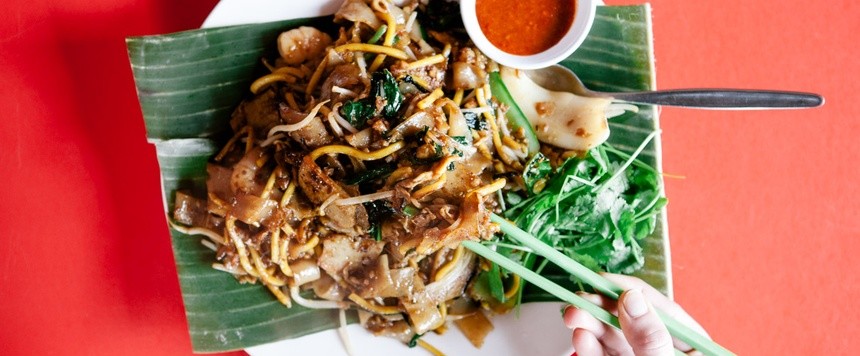Char Kway Teow is a famous Hokkien hawker dish originated in Penang island of Malaysia where many Hokkien people reside. Char Kway Teow is Hokkien words for the dish (in Hokkien dialect) – “char” means fry, “Kway” means cake and “Teow” means thread.
It was originally sold by fishermen, farmers and cockle-gatherers throughout South-East Asia, who would fry any seafood or meat that was leftover from their day’s work with pork lard and rice noodles and peddle the dish to nearby workers to supplement their income.
When Char Kway Teow was first invented, it was actually a dish mainly served to labourers. This is due to its high fat content and low cost which made it so attractive to people who wants a cheap source of energy and nutrients.
It is said that at its core, a good char kway teow can be judged by its ‘wok hei’ or breath of the wok. This can be recognised as a slightly sweet, charred taste brought about by cooking just the right portion over just the right temperature. In Singapore, char kway teow has evolved into a healthier version with more vegetables and less oil. Furthermore, the greens and bean sprouts gives off a fresh, crunchy texture that makes the dish taste even more unique from other dishes of the cuisine.
Hungry? Check out this list of The best Singaporean food in Melbourne

